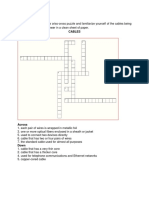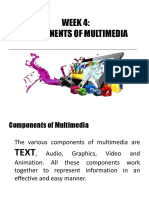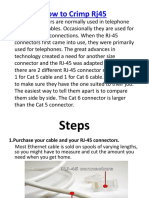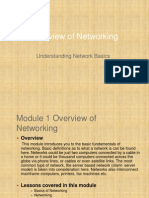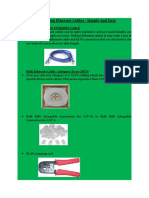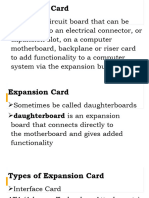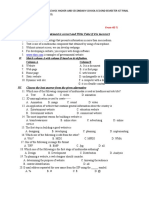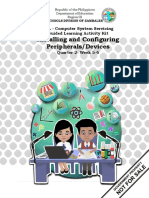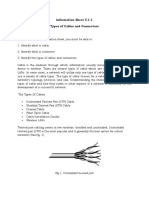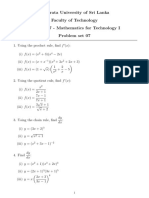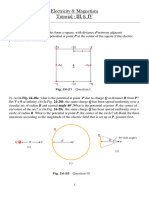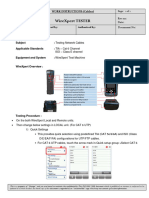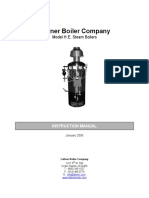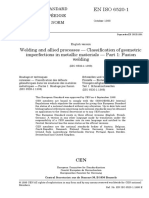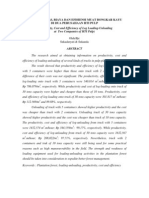100% found this document useful (1 vote)
700 views17 pagesNetwork Cabling Report
Network cabling refers to the medium that transfers information between network devices. There are several types of cables commonly used in local area networks (LANs) including unshielded twisted pair (UTP), shielded twisted pair (STP), coaxial, fiber optic, and wireless. The type of cable chosen depends on factors like the network's topology, protocol, size, and environment. UTP is the most popular cable for networks due to its low cost while shielded or fiber optic cables may be needed in interference-prone or long-distance environments. Proper cable installation and connector standards are important for network functionality.
Uploaded by
sachini weesingheCopyright
© © All Rights Reserved
We take content rights seriously. If you suspect this is your content, claim it here.
Available Formats
Download as PDF, TXT or read online on Scribd
100% found this document useful (1 vote)
700 views17 pagesNetwork Cabling Report
Network cabling refers to the medium that transfers information between network devices. There are several types of cables commonly used in local area networks (LANs) including unshielded twisted pair (UTP), shielded twisted pair (STP), coaxial, fiber optic, and wireless. The type of cable chosen depends on factors like the network's topology, protocol, size, and environment. UTP is the most popular cable for networks due to its low cost while shielded or fiber optic cables may be needed in interference-prone or long-distance environments. Proper cable installation and connector standards are important for network functionality.
Uploaded by
sachini weesingheCopyright
© © All Rights Reserved
We take content rights seriously. If you suspect this is your content, claim it here.
Available Formats
Download as PDF, TXT or read online on Scribd
/ 17


